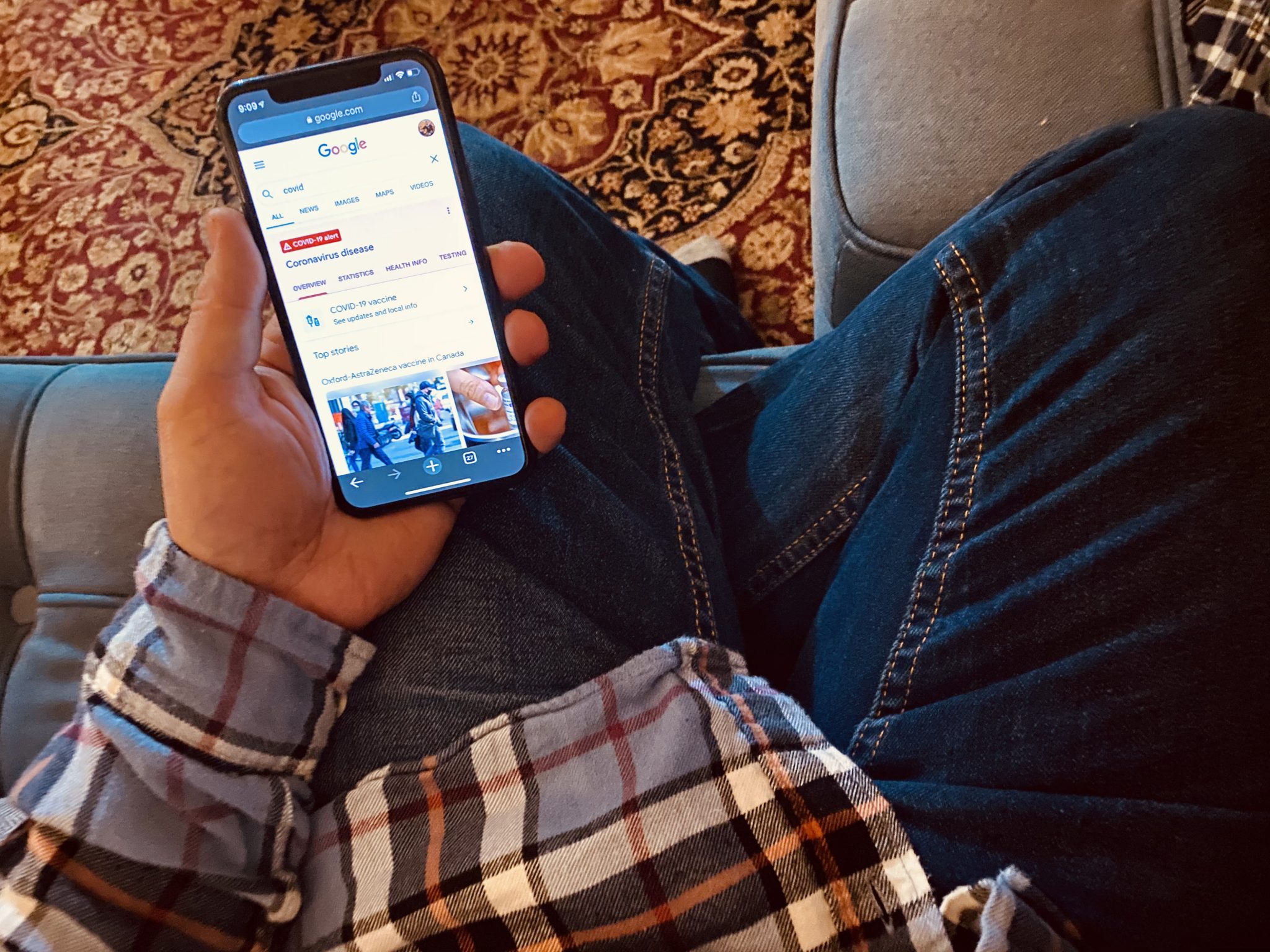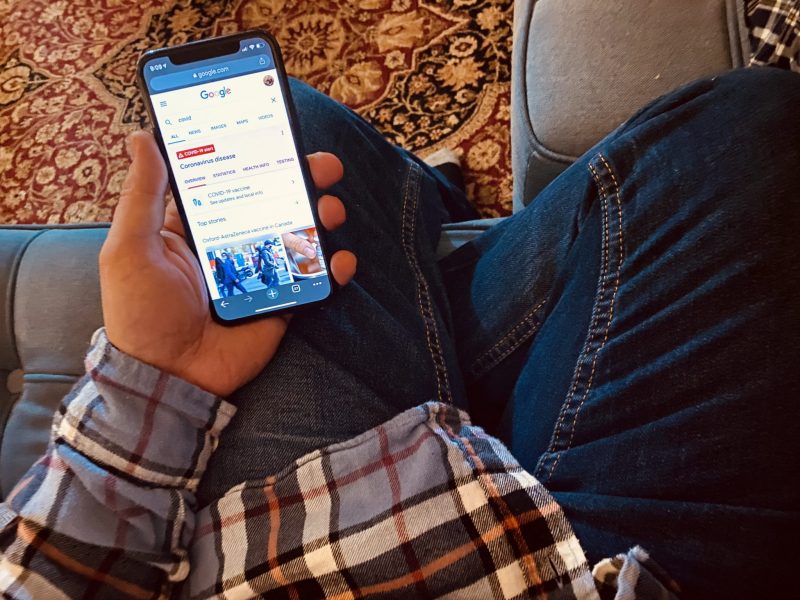Laurier students create COVID-19 “fake news detector” to combat misinformation


Four students at Wilfrid Laurier University have used data analysis to construct a COVID-19 “fake news detector” in an effort to combat the spread of pandemic-related misinformation.
The analytical model is designed to predict the accuracy and factuality of COVID-19 news, which could potentially help identify and stop the circulation of deliberately inaccurate information about the virus.
The team was comprised of Laurier master’s students Mohsen Bahremani and Daniel Berezovski, second-year undergraduate student Rini Perencsik and recent master’s graduate student Irene Zhang.
Their research was conducted as part of a case study competition that was hosted by the Canadian Statistical Sciences Institute and the Statistical Society of Canada.
The research team was mentored by Xu (Sunny) Wang, an associate professor in Laurier’s Department of Mathematics.
“At the beginning, they had an idea about predicting [the] economy, to see how COVID-19 will affect the economy. Also, they thought about mental health issues, based on government policies—for example, different lockdown restrictions [and how they] affect the people—how they interacted with others and had to be isolated,” Wang said.
“So, they went through all these things and at the end decided they wanted to detect COVID-19 fake news.”
The process of creating the analytical model proved to be involved and provided different sets of challenges.
“After they determined the sim, the next step was…to find the data. For COVID-19 fake news data, it’s not easy to find them,” Wu said.
“Fortunately, there were some researchers already who were started working on this, so they had some data sets available for us to use. But the data was still very limited…so they found the data from the papers published already, and we checked Kaggle, which is the biggest platform of data science, so we tried to search for all the information we could get.”
“Based on the data we have, the students got two data sets…based on the quality of the data, those students started doing a preliminary data analysis, we call it an EDA—exploratory data analysis,” she said.
“They check the data quality, they check the mission value, they see what kind of variables [are] inside the data, what type of variables they are, can we visualize the information embedded in the data.”
The development of the model was a beneficial experience for the research team and provided an opportunity for the four students to effectively engage with each other while they worked.
“This is a good learning experience for them as well…I see them work really nicely together, they all enjoy working in groups and they share ideas…that’s amazing,” Wu said.
“None of them feel frustrated because other people say no or say their ideas aren’t good…they support each other and provide constructive criticism.”
“From student perspectives, they learn to become team players, and they learn to work together and share their ideas,and they work just seamlessly – it’s really impressive,” she said.
Wu believes their project has the potential to impact further research surrounding COVID-19 fake news detection, with some limitations to take into account as well.
“Some people can use the results to do further studies. We have several limitations: for example, we don’t have a lot of publicly-available data about COVID-19, so we need people to collect the data and manually detect whether the data is fake or real to build a foundation for this kind of research,” Wu said.
“And the results we have…based on the data we have, the methods we used, can provide insight on them…one limitation of our research is because the data is not big data…the methods we use do not work well for small data sizes…these kinds of insights pave the road for the research, so other researchers can use the results from this case study to use as a foundation by collecting more information or implementing other measures.”
Ultimately, Wu hopes the webpage will be a valuable tool for people to engage with so they are exposed to more accurate information regarding COVID-19.
“I think the impact for the public is, after the website becomes available, [they] can try it, and see whether the news is real or not. There’s just so much misinformation online.”


